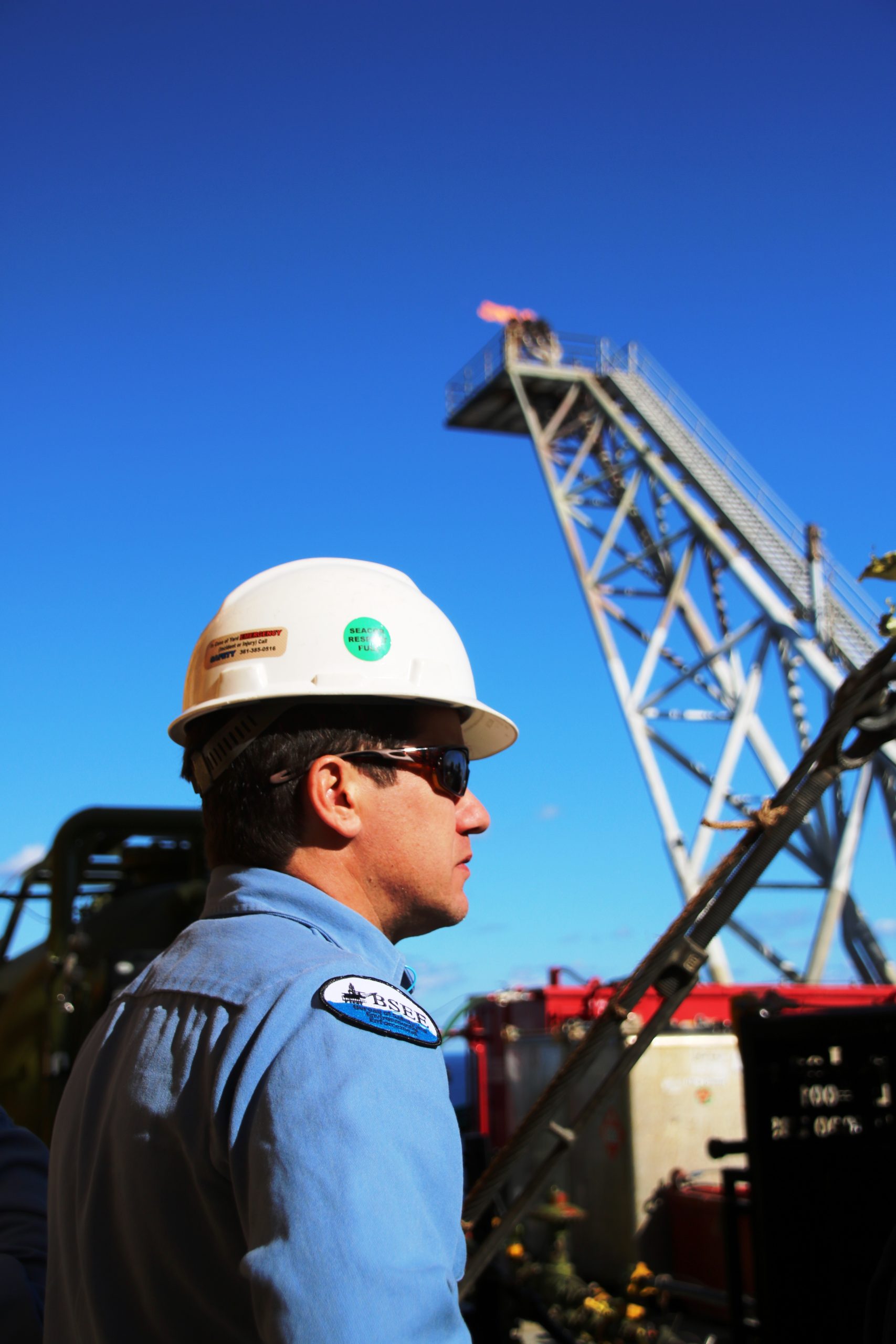2.3 Powers, Authority and Legal Implications

The state’s role in the Internal Responsibility System is primarily one of education and enforcement. Governments often run safety awareness campaigns aimed at workers. Governments also employ OHS officers who perform worksite inspections to identify health and safety violations and ensure their remediation. Inspections may be random or targeted (e.g., focusing on high-injury industries, such as residential construction). Worker complaints may also trigger inspections.
Inspectors will also investigate serious workplace injuries and fatalities. Where inspectors find violations of OHS rules, they may order employers to remedy the situation. This is the most common response of OHS inspectors and can sometimes include issuing a stop-work order, which halts operations at the worksite until an unsafe situation is resolved. Some jurisdictions also give OHS inspectors the power to issue tickets or other financial penalties to workers and employers who are in contravention of OHS rules. The government can also seek to prosecute those who violate the law. This most often occurs when there has been a severe injury or fatality or a pattern of non-compliance with the law. Conviction can result in fines, jail time, or other penalties. Prosecutions are relatively rare in Canada.
Canada’s Criminal Code was amended in 2004 to allow for the criminal prosecution of individuals and organizations that direct the work of others when a worker is injured and the employer failed to meet its due diligence requirements. Criminal prosecution is designed to address cases of profound moral failings, such as the wanton disregard for safety that cost 26 workers their lives in 1992 at the Westray Mine in Nova Scotia. Only a handful of prosecutions under the Criminal Code have occurred, with few resulting in convictions.[1]
“Legislative Framework of Injury Prevention and Compensation” in Health and Safety in Canadian Workplaces by Jason Foster and Bob Barneston, published by AU Press is licensed under a Creative Commons Attribution-NonCommercial-ShareAlike 4.0 International License, unless otherwise noted.
- Bittle, S. (2012). Still dying for a living: Corporate criminal liability after the Westray mine disaster. University of British Columbia Press. ↵

